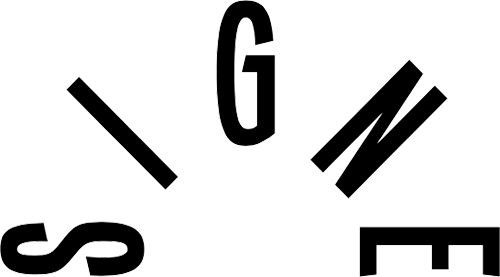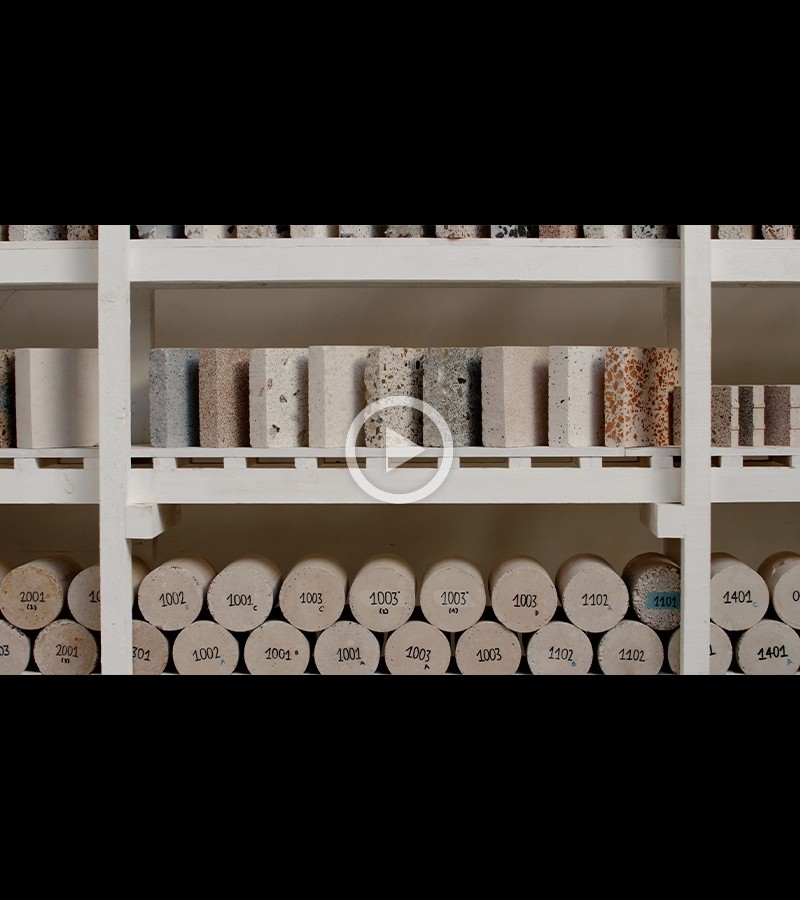Once very widely used in Parisian constructions, gypsum plaster (which had turned the French capital completely white in the seventeenth century) has declined substantially in use due to the advent of modern forms of concrete and building materials. As we are now re-examining our production methods in order to find more sustainable and less carbon-intensive solutions, ciguë’s architects have investigated the contemporary potential of this endemic material.
The research was supported by the Plâtres Vieujot gypsum plaster transformation factory (located in Soisy-sous-Montmorency in the Val d’Oise department) and by researchers from the Granulates & Materials Processing laboratory (GPEM) of the Materials and Structures (MAST) department at Université Gustave Eiffel, as well as the engineering consultancy Le Sommer. Findings have confirmed the base assumptions. Gypsum plaster concrete made from mixed reclaimed bricks and tiles exhibits very high compressive strength, puncture strength, and abrasion resistance. Mixes including reclaimed Portland concrete could be put to use for their mass and soundproofing properties. And, whatever the formulation ultimately used, gypsum plaster slabs make much better use of natural resources while substantially lowering greenhouse gas emissions compared to conventional concrete slabs.
Concerned with the exploration of other production methods at the nexus between building trades and know-how, ciguë’s architects aren’t aiming to promote an “all-plaster” approach. but rather, their aim is to inform a more comprehensive examination in the face of the excesses and constraints -that are the hallmarks of our era.
The Gypsum Concrete project reflects “our ability, as architects, to adopt a new perspective on available resources, to redefine our relationship to materials, and to continue calling into question the systemic reflexes at work in contemporary build practices.
Standing at the crossroads between architecture, design, and installation, ciguë reactivates archetypes to produce contemporary environments. Their projects are characterized by experimentation, stripped-bare esthetics, and radical collage.
Home to a team of twenty in Montreuil, their workshop is an arena where new spaces and materials are developed. By removing the hierarchy between different scales and dissolving the boundaries between various areas of expertise, ciguë reconciles the way we live in the world with the way we build it.




